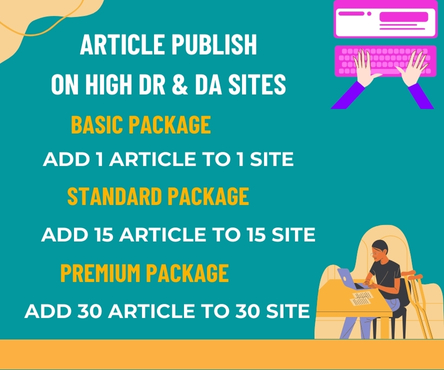In today’s fast-paced world, productivity is key to success. One often overlooked factor that can significantly impact our productivity is our workspace. A well-designed workspace can boost focus, efficiency, and overall job satisfaction. In this article, we’ll explore the importance of interior design for productivity and provide practical tips on creating functional workspaces. Meet here Interior design ideas
The Impact of Workspace Design on Productivity
Research has shown that the physical environment can significantly influence our cognitive abilities, mood, and behavior. A cluttered, poorly lit, or uncomfortable workspace can lead to distractions, fatigue, and decreased motivation. On the other hand, a thoughtfully designed workspace can foster creativity, collaboration, and productivity.
Key Principles of Productive Workspace Design
- Natural Light: Ample natural light can boost mood, energy, and focus. Position workstations near windows or use skylights to maximize natural light.
- Ergonomic Furniture: Invest in ergonomic chairs, desks, and accessories that promote comfort and reduce eye strain.
- Minimal Clutter: Maintain a clutter-free workspace by using storage solutions, such as shelves, cabinets, or drawers.
- Calming Colors: Use calming colors like blue, green, or neutral tones to create a soothing atmosphere.
- Acoustic Comfort: Incorporate sound-absorbing materials, such as acoustic panels or plants, to minimize distractions.
Designing Functional Workspaces
- Create Zones: Divide the workspace into distinct zones for different activities, such as a focus area, collaboration space, or break room.
- Flexible Layouts: Use modular furniture or adjustable layouts to accommodate different work styles and tasks.
- Technology Integration: Incorporate technology, such as smart boards or video conferencing tools, to enhance collaboration and productivity.
- Biophilic Design: Incorporate elements of nature, such as plants or living walls, to promote well-being and focus.
- Personalization: Allow employees to personalize their workspaces with photos, artwork, or other decorative items to boost morale and motivation.
Conclusion
A well-designed workspace is essential for productivity, creativity, and job satisfaction. By incorporating natural light, ergonomic furniture, minimal clutter, calming colors, and acoustic comfort, you can create a functional and supportive work environment. Remember to design flexible layouts, integrate technology, and incorporate biophilic design elements to further enhance productivity. By prioritizing workspace design, you can unlock the full potential of your team and drive business success.

